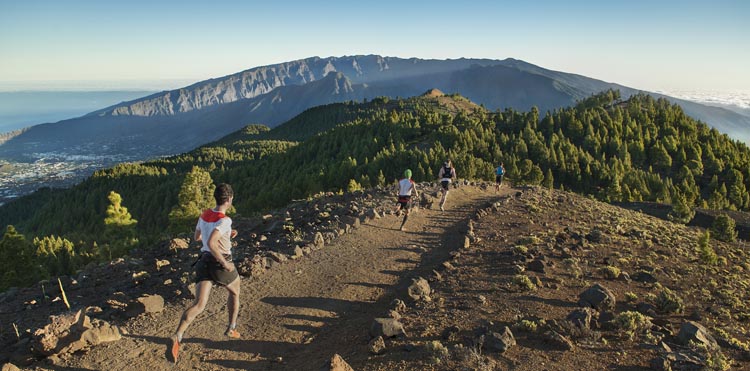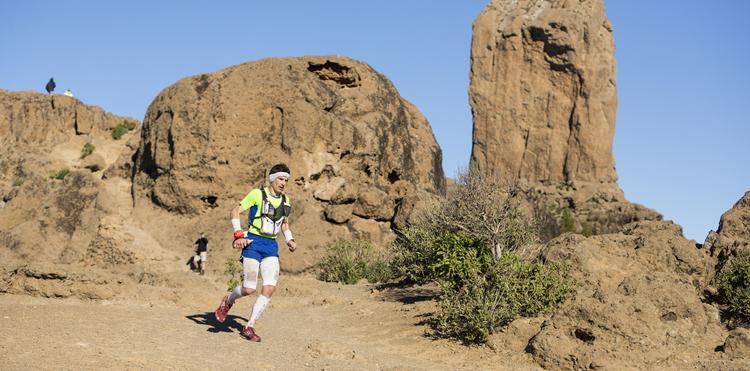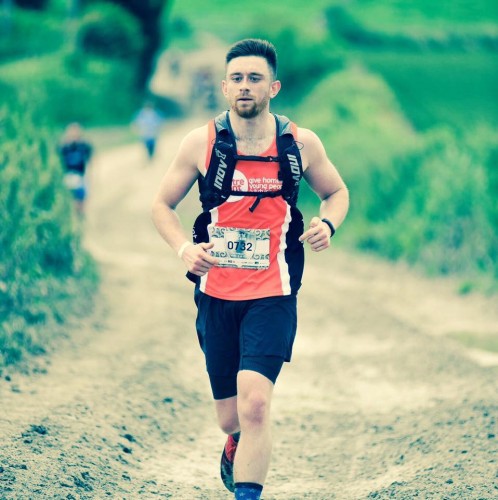For many runners, the steep ascent is the stuff of leg-numbing nightmares. What goes up, though, must come down – and the reality is that downhill running can be just as bruising.
With that in mind, these seven golden rules will keep you injury free and have you back on the promised land of flat terrain as quickly as possible:
- Brain off, brakes off
While effective downhill running is about more than simply harnessing the wonders of gravity and tearing towards flatter ground; running quickly is actually far easier on your body than trying too hard to steady yourself. A certain amount of courage (although it may initially feel like foolishness) is required, because while slowing down may seem like the natural thing to do, the pressure it places on your joints makes injury far more likely. Forget what you heard: slow and steady doesn’t win the race. - Lean forward
Another initially unnatural thing to do. Leaning forward from the hips, though, keeps your body in a position in which all the other technical aspects of downhill running are possible. Leaning back will only slow you down, foster a heel strike and limit the spring in your step. - Mid/forefoot strike
Out of fear, runners often tense up, lean back and dig their heels in, putting excessive pressure on the knees and shins. Aim to spend as little time on the ground as possible – as if you’re running over hot coals. This will limit muscle tension and keep impact to a minimum. An over-pronounced forefoot strike, though, means your calves will take too much of the load; try to land with your foot almost parallel to the ground. - Proper placement
As with the mid/forefoot strike, a concerted effort should be made to land your feet directly under your body. The golden turnover is 180 steps per minute and that doesn’t change when running downhill. The easiest way to ensure quick turnover is to emphasise the follow through and limit knee drive. - Bound over the ground
As with any form of running, a heavy landing should be avoided. Harness your inner Tigger and focus on keeping a spring in your step. Elasticity limits the pressure on your joints and will make you a far more efficient runner – power is converted to your stride, rather than being lost on impact. - Core to the fore
Engaging your core muscles (abs, back and quads) will reduce the workload for your limbs. Think of your core as leading by example – if it’s working properly, then so will your legs and arms. Which leads us to one more thing… - Arms out wide
Unlike regular running – where your arms should be by your side and working to drive you forward – steep downhill running requires an altogether more unsightly technique. ‘Windmilling’ your arms in small circles keeps you balanced when running at speed and allows for changes in direction. A technique for ‘proper’ hills, rather than slight descents.








